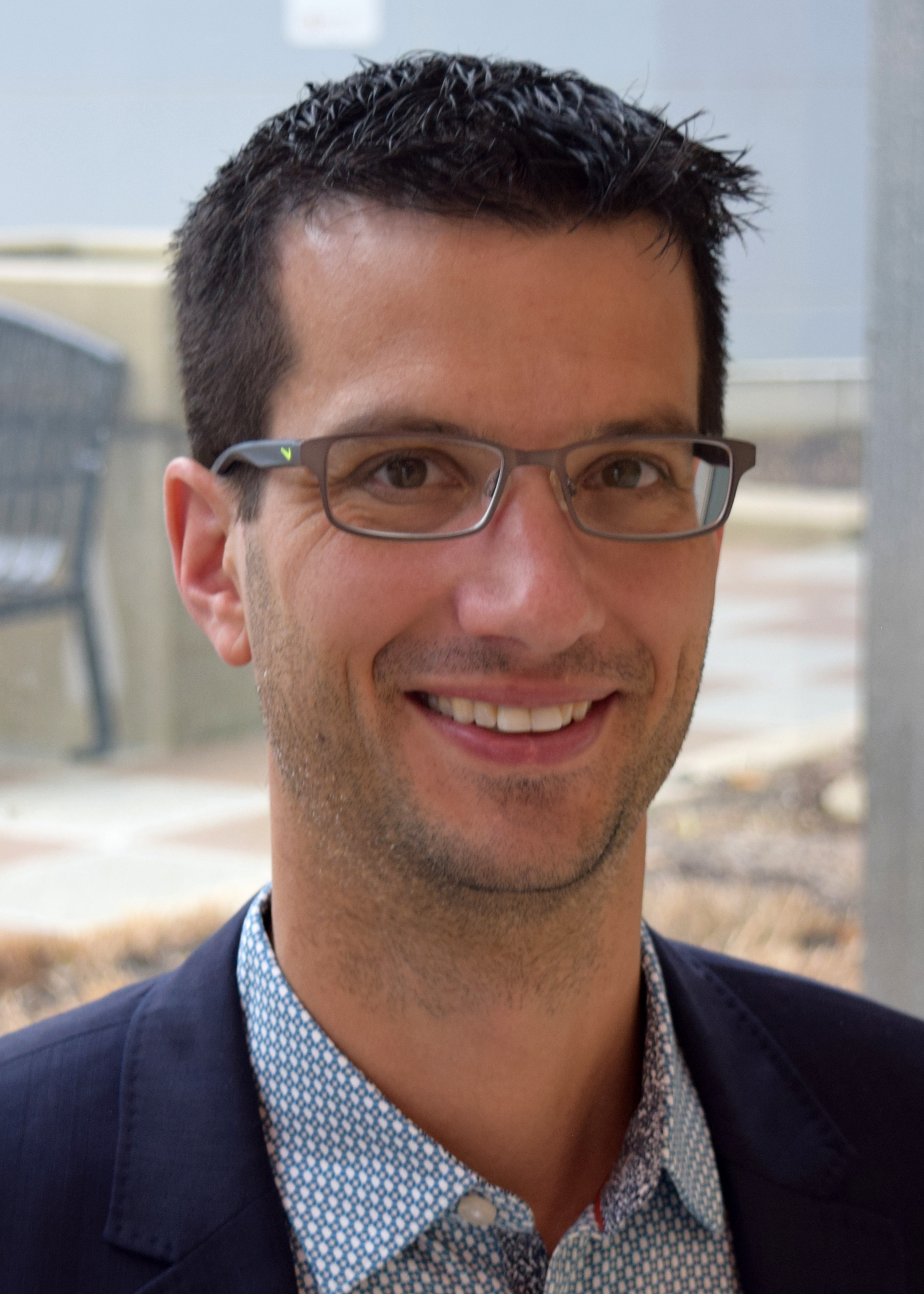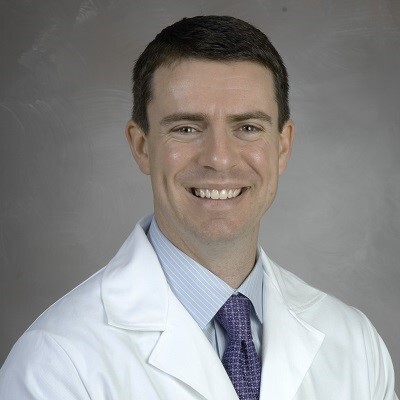
Curriculum Package: Organ Recovery Unit
-
Log In to Enroll
- This certification is available to: and Member. Please log in to enroll.
Organ Recovery Unit
Advanced Search This List
-
Contains 5 Component(s), Includes Credits
Mark Hobeika, MD
Learning Objectives:
1. Recognize the growth of donation after circulatory death in the U.S. and increasing opportunities for extra-renal organ utilization.
2. Explain the principles of organ donation after circulatory death.
3. Describe the recovery factors impacting the outcomes of organs recovered from donation after circulatory death donors
Author: Mark Hobeika, MD

-
Contains 5 Component(s), Includes Credits
Zoe Stewart, MD
Author: Zoe Stewart, MD
1. Be familiar with the history of organ preservation
2. Understand basic pathophysiology of ischemia and reperfusion
3. Understand the differences of most common used solutions UW vs HTK
4. Appreciate the advantages of pulsatile preservation over static cold storage
-
Contains 7 Component(s), Includes Credits
David P. Al-Adra, MD, PhD
Author: David P. Al-Adra, MD, PhD
1. Recognize donation after cardiac death (DCD) donors are a source of transplantable organs
2. Appreciate the outcomes for DCD kidney and liver transplants are improving
3. Understand the multiple potential mechanisms of graft failure after DCD liver transplantation
4. Be aware of how donor-recipient matching may decrease biliary complications and improve graft survival.

-
Contains 5 Component(s), Includes Credits
David Ryan Hall, MD
Learning Objectives:
1. Understand preoperative preparation for organ recovery
2. Describe the technique of the operation and specific considerations for procuring each organ
3. Learn where you can get in trouble and how to stay/get out of it
Author: David Ryan Hall, MD

-
Contains 5 Component(s), Includes Credits
Thomas Diflo, MD, FACS
Author: Thomas Diflo, MD, FACS
1. To understand the steps of determining brain death
2. To recognize and manage complications of brain death
3. To describe organ donor evaluation and organ allocation
-
Contains 5 Component(s), Includes Credits
Mark Hobeika, MD
Learning Objectives:
1. Recognize the growth of donation after circulatory death in the U.S. and increasing opportunities for extra-renal organ utilization.
2. Explain the principles of organ donation after circulatory death.
3. Describe the recovery factors impacting the outcomes of organs recovered from donation after circulatory death donors
Author: Mark Hobeika, MD

-
Contains 5 Component(s), Includes Credits
Zoe Stewart, MD
Author: Zoe Stewart, MD
1. Be familiar with the history of organ preservation
2. Understand basic pathophysiology of ischemia and reperfusion
3. Understand the differences of most common used solutions UW vs HTK
4. Appreciate the advantages of pulsatile preservation over static cold storage -
Contains 7 Component(s), Includes Credits
David P. Al-Adra, MD, PhD
Author: David P. Al-Adra, MD, PhD
1. Recognize donation after cardiac death (DCD) donors are a source of transplantable organs
2. Appreciate the outcomes for DCD kidney and liver transplants are improving
3. Understand the multiple potential mechanisms of graft failure after DCD liver transplantation
4. Be aware of how donor-recipient matching may decrease biliary complications and improve graft survival.

-
Contains 5 Component(s), Includes Credits
David Ryan Hall, MD
Learning Objectives:
1. Understand preoperative preparation for organ recovery
2. Describe the technique of the operation and specific considerations for procuring each organ
3. Learn where you can get in trouble and how to stay/get out of itAuthor: David Ryan Hall, MD

-
Contains 5 Component(s), Includes Credits
Thomas Diflo, MD, FACS
Author: Thomas Diflo, MD, FACS
1. To understand the steps of determining brain death
2. To recognize and manage complications of brain death
3. To describe organ donor evaluation and organ allocation